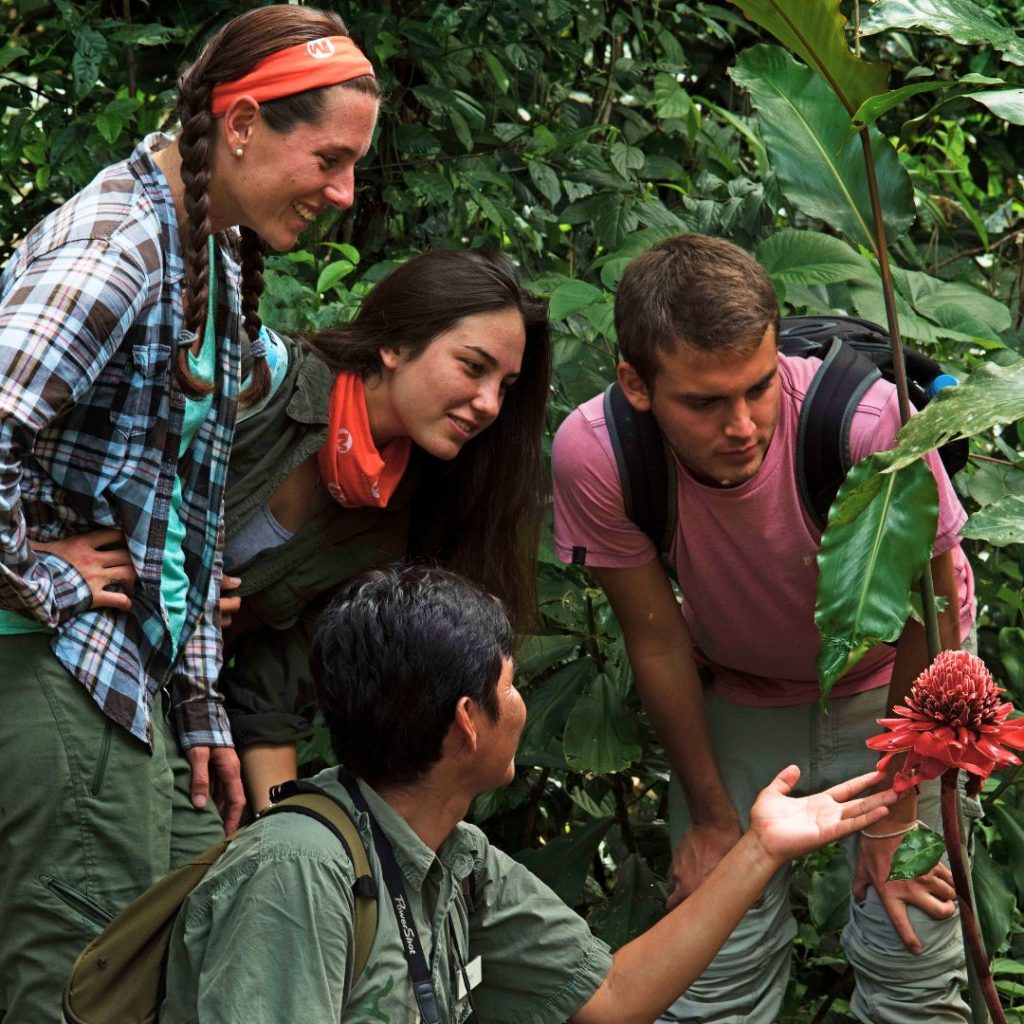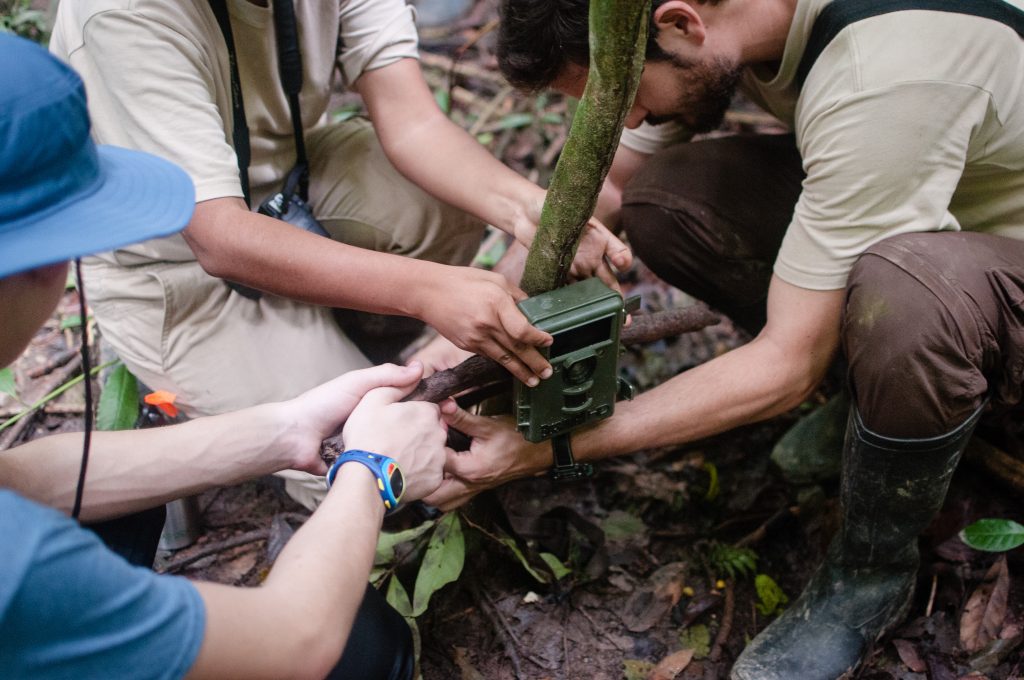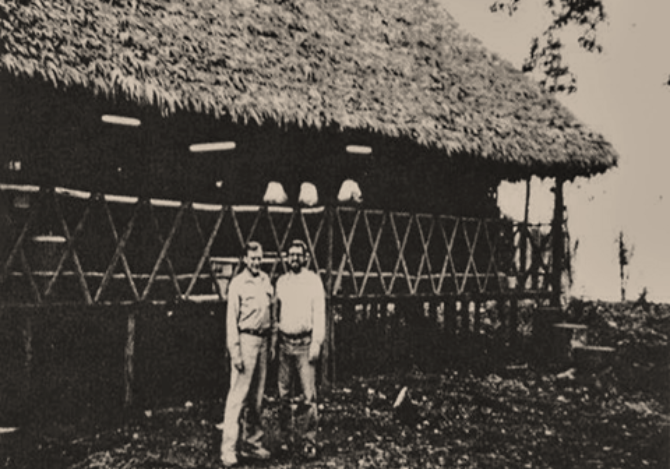03/06/2025
It all started with a simple yet powerful question: Can tourism truly protect what it cherishes? This question planted the seeds for Inkaterra, half a century ago. Long before sustainability became a global movement and green certifications a standard, we dared to believe in a bold vision: to unite science, nature, and hospitality to safeguard one of the planet’s most precious ecosystems.

The Jungle as a Living Laboratory:
Back in 1978, deep in the Madre de Dios basin, Inkaterra’s journey began. Ecotourism was a novel idea, but we understood one fundamental truth: explore to understand, understand to protect.
Guided by herpetologist Ted Papenfuss and supported by the University of Berkeley, a dedicated team ventured into the wilds surrounding the Cusco Amazónico lodge (now Inkaterra Reserva Amazónica). Their groundbreaking work produced the first detailed inventories of vertebrate wildlife, confirming what would soon excite the world — Madre de Dios stands as one of the most biologically rich places on Earth.

BIOTROP: Science That Inspires Generations:
In 1989, Inkaterra took a leap of faith with the launch of the BIOTROP Project, led by William Duellman and supported by the National Geographic Society. This project expanded our understanding of the region’s amphibians and reptiles, culminating in the publication of Cusco Amazónico: The Lives of Amphibians and Reptiles in an Amazonian Rainforest. Described by Cornell University as “the baseline for future studies of amphibians and reptiles in the Amazon,” this work became more than a book — it became a guiding light for scientists who share our passion for the jungle.

Now, celebrating fifty years of commitment, Inkaterra stands not only as a pioneer of ecotourism in Peru but also as a driving force in scientific research, reforestation, species protection, and community collaboration.
And you, do you believe tourism can protect what it loves?
At Inkaterra, we’ve been making it happen for fifty years.
